Meet Aydin Hamami | Artist
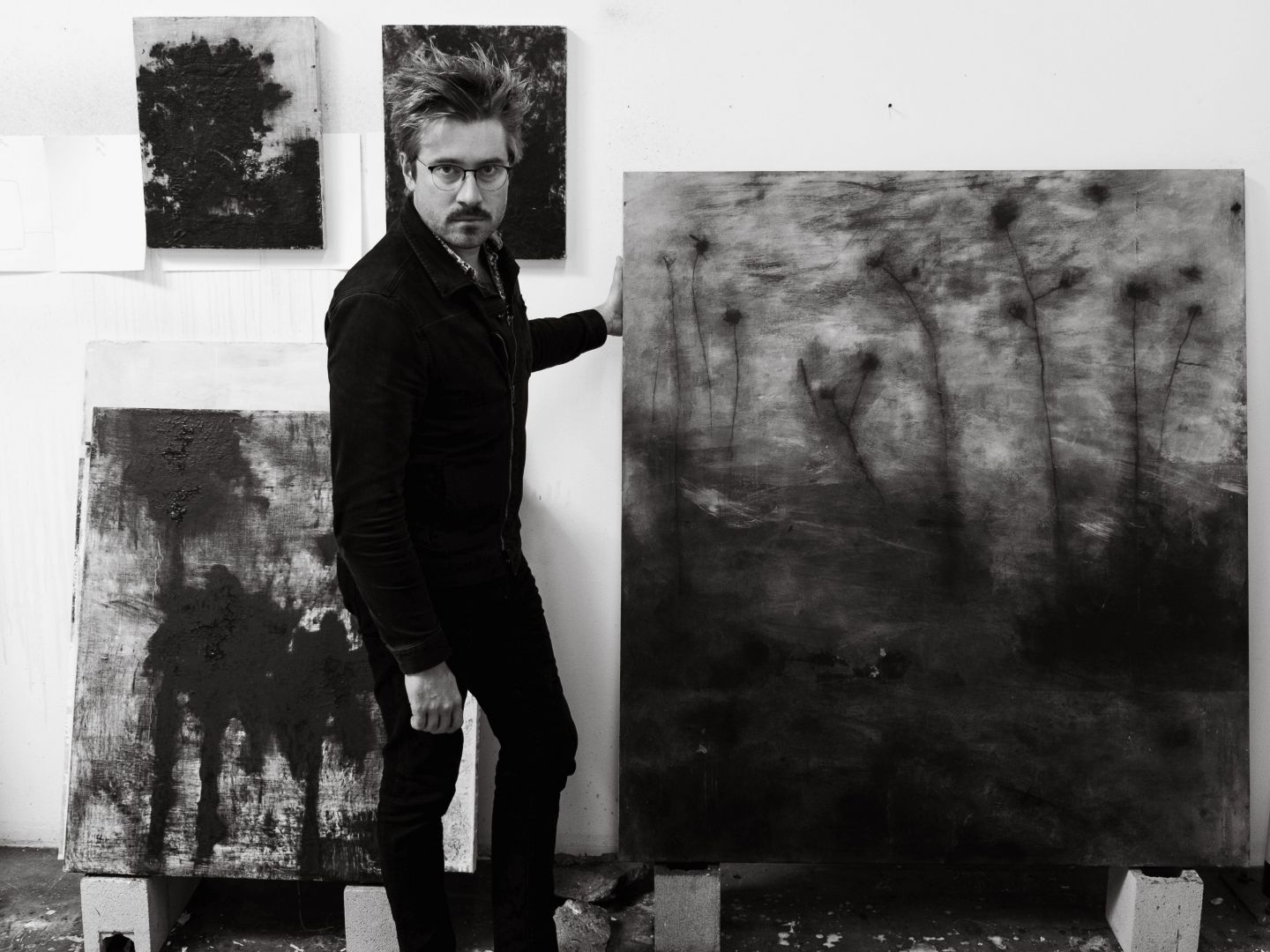
We had the good fortune of connecting with Aydin Hamami and we’ve shared our conversation below.
Hi Aydin, what led you to pursuing a creative path professionally?
From an early age, I’ve been fortunate enough to see art and creative practice all around me. My father, who was born in Istanbul, is an industrial designer and exposed me to a lot of minimal and avant-garde design when I was younger. I remember sitting on the floor as a child, leafing through Italian design magazines like they were Dr. Seuss. I also grew up outside of DC, so a typical Saturday afternoon might be spent at the National Gallery of Art. Being exposed to it so much made it inevitable as a part of my life. There is also an aspect of discovery involved in my work that speaks to some kind of childhood desire for play- it seems like a natural fit for a curious mind.
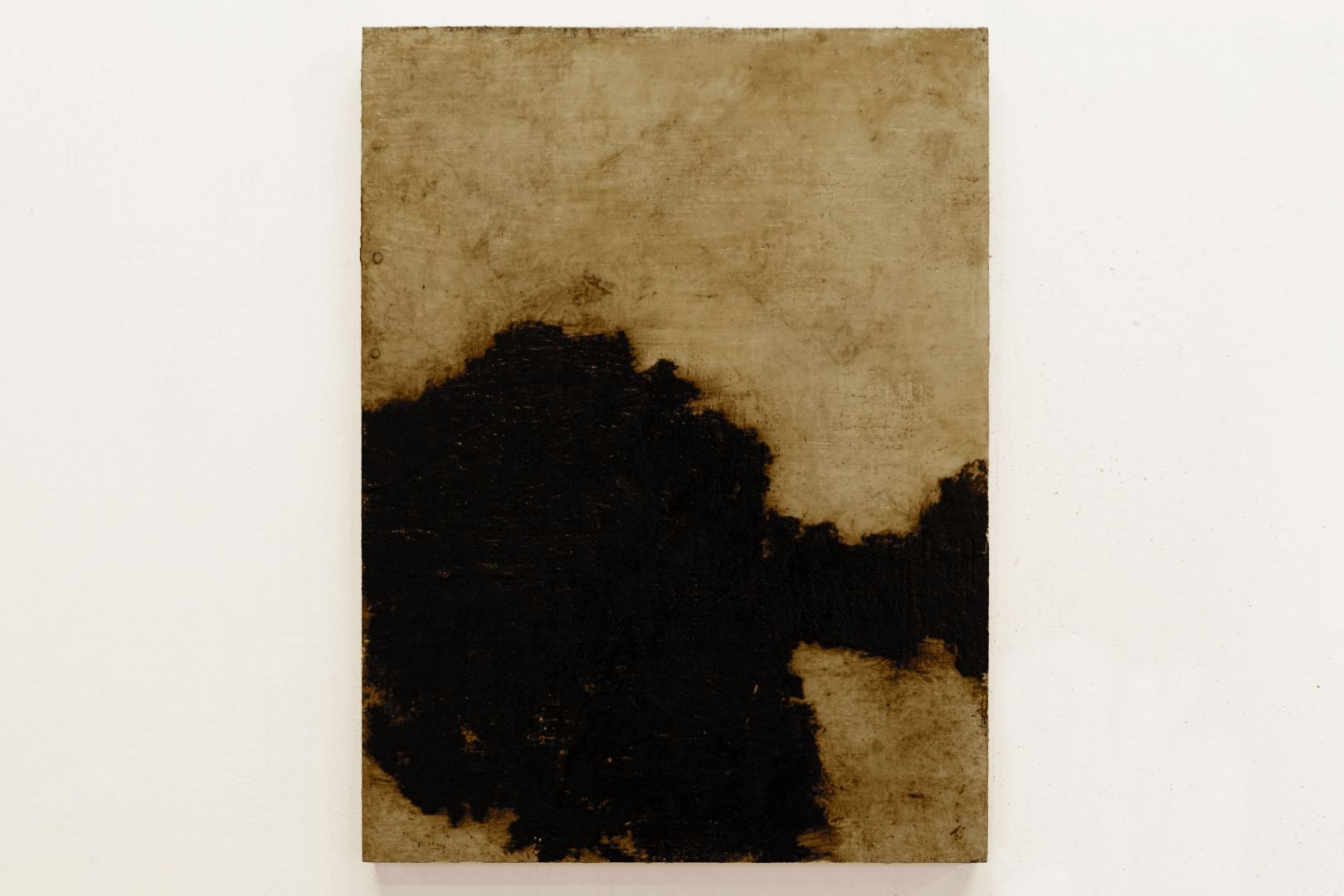
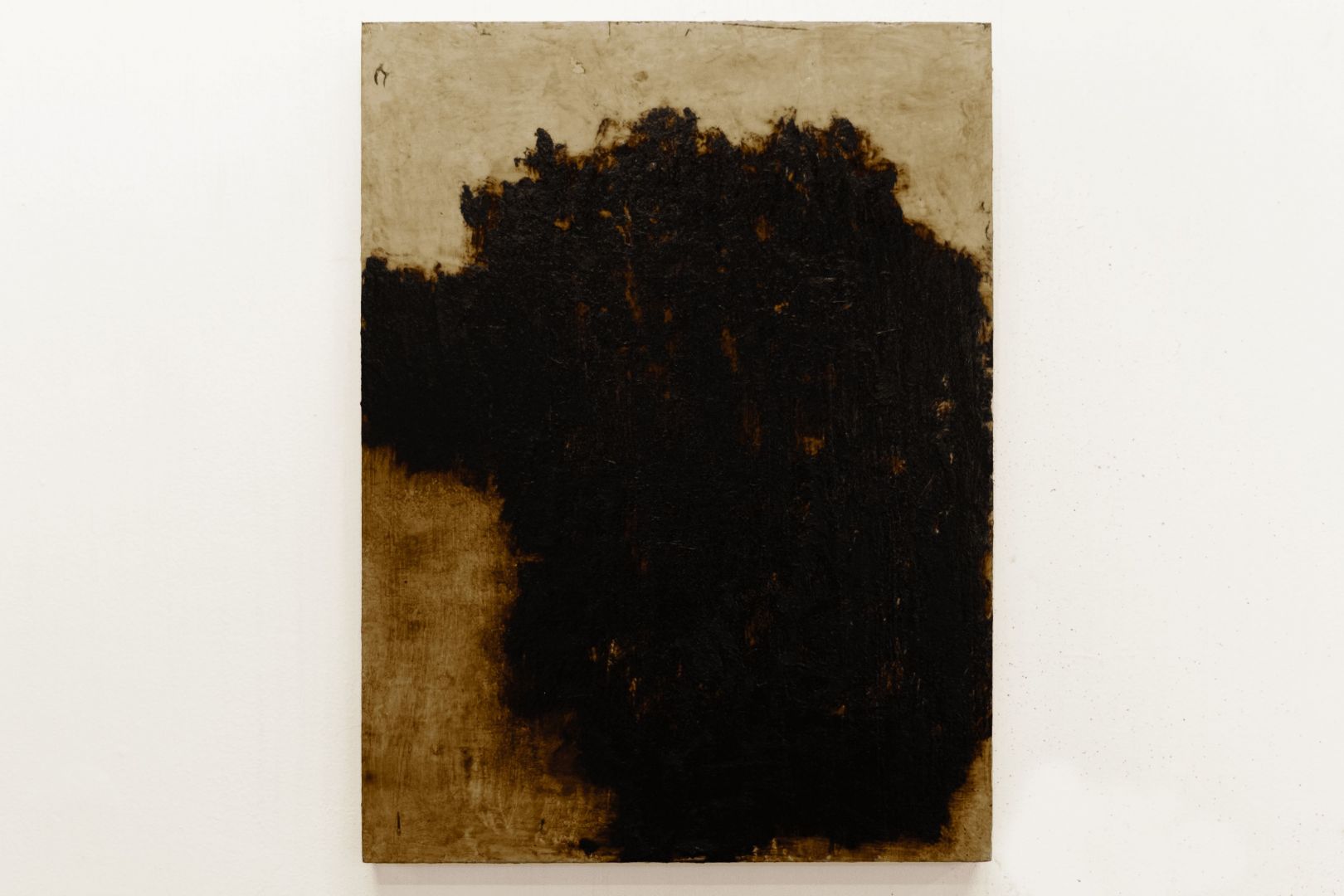
Can you open up a bit about your work and career? We’re big fans and we’d love for our community to learn more about your work.
My work has changed and evolved considerably in the last decade. Still, it has always orbited the world of process-based abstract painting. I use industrial materials (tar, enamel, ferric acetate) and more conventional art media (oil paint, wax, canvas) to explore spaces of solitude, grief, and anxiety through non-specific forms that dance the line of representation and abstraction.
I am compelled by shadows, voids, and imagery that are simultaneously quiet and imposing, my paintings existing somewhere in the marriage of those two worlds. The path to the work I’m producing now hasn’t been one of linearity- there has been a lot of exploration along the way.
Now, I have finally reached a point where all my experimentation over the last few years has elicited something that can exist without my explanation and is often formed in conjunction with my hand, as opposed to because of it. I have learned a lot of humility in allowing my work to exist independently without too much interference.
Painting, especially abstract painting, works better when it is allowed to speak for itself, and learning to let go has been instrumental in creating a body of work that retains its vitality and essence. I hope that, when confronted with my work, viewers have a similar experience to the one I have making it- one of calm, of introspection, but also one of confrontation.
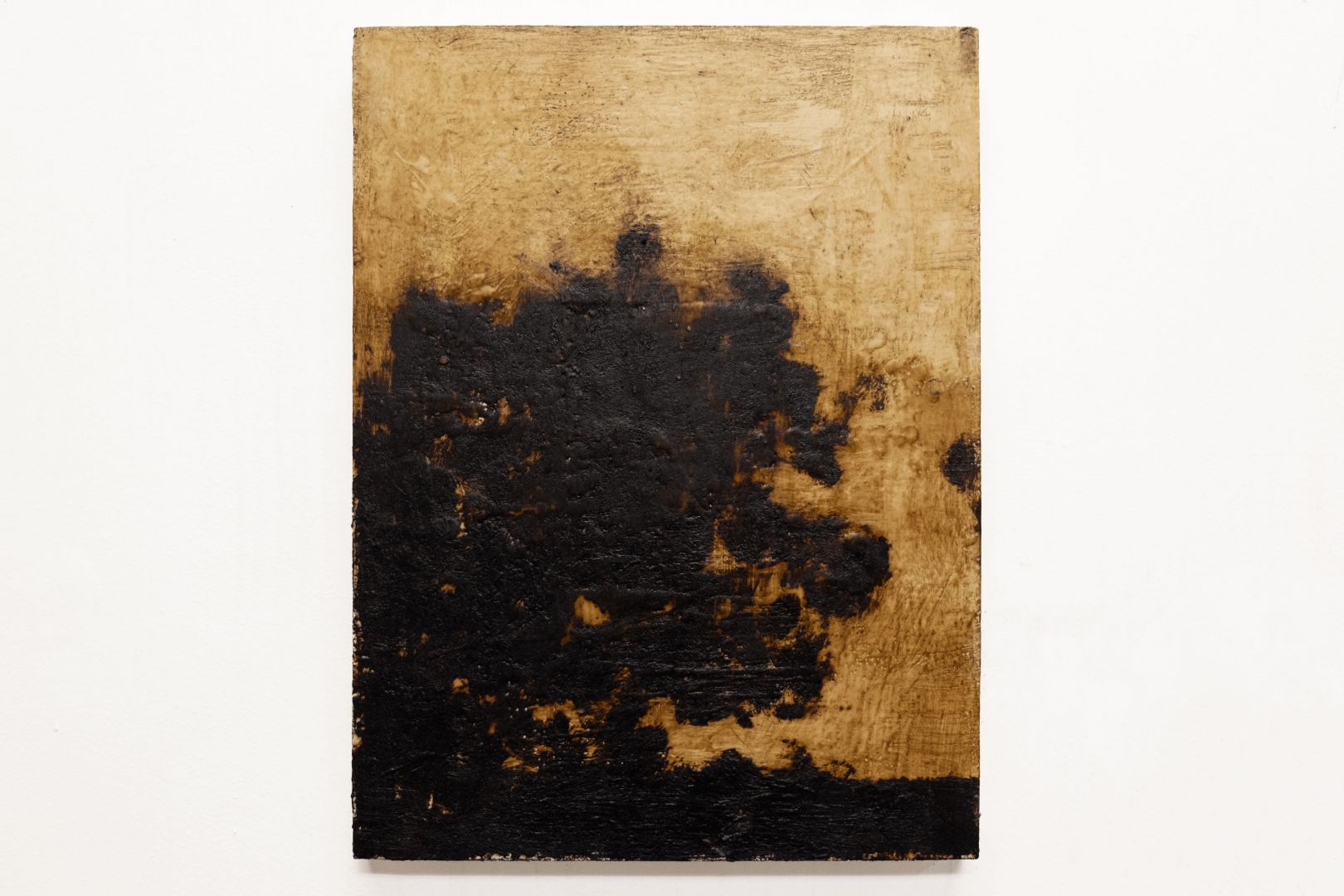
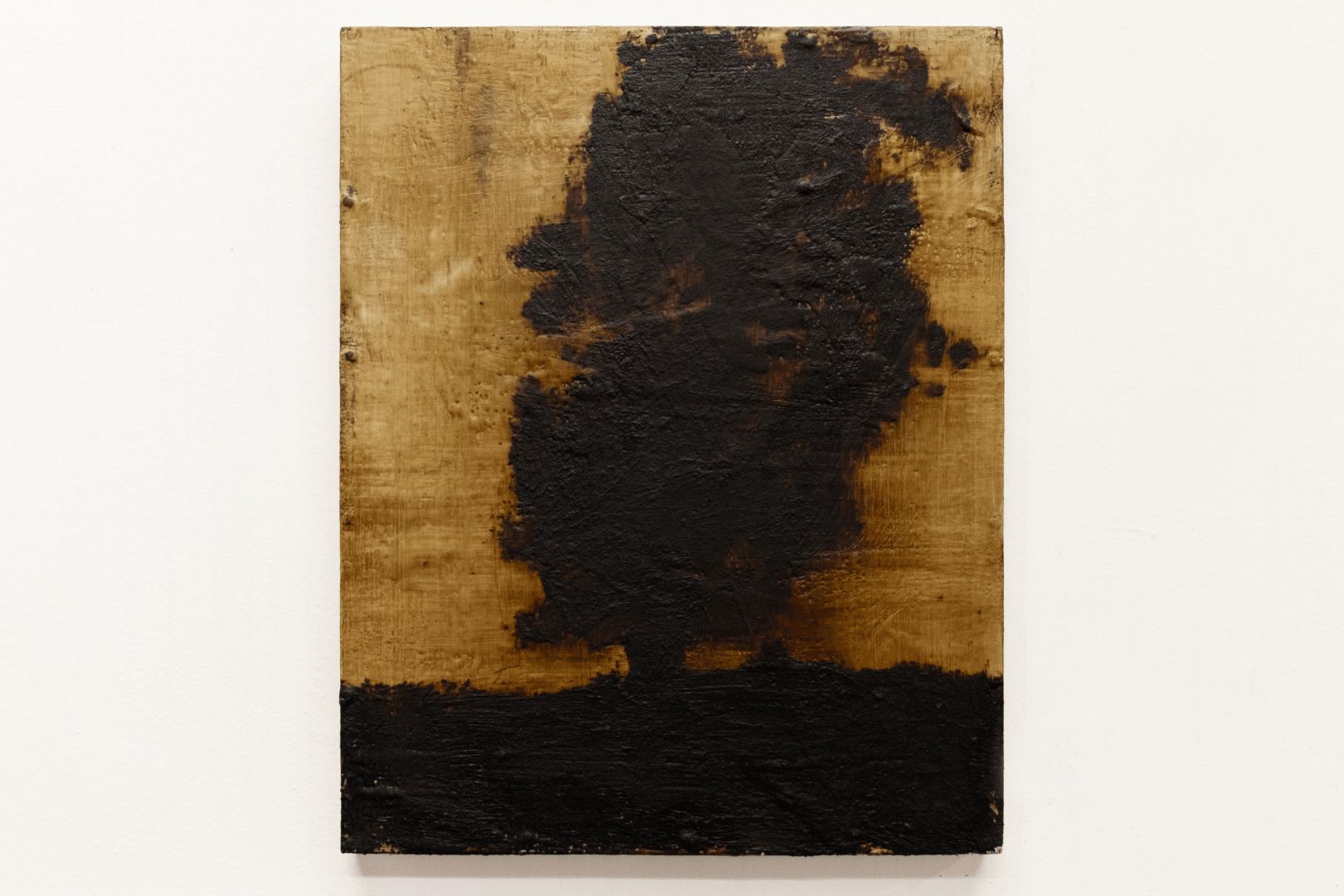
If you had a friend visiting you, what are some of the local spots you’d want to take them around to?
Since I am relatively new to LA, I’m still learning about the city and where I fit in. We would have to spend some time at the Getty Center, which is always an almost impossibly impressive trip, and technically free, although I tend to have a few drinks on the terrace while there- and the Tar Pits, where I source some of my materials!
So much of my work is inspired by the landscape here- but just a rambling walk through my neighborhood gives a better understanding of the city from a ground-level perspective. When I moved to LA, one of the things I kept hearing was how impossible it is to find areas that are “walkable,” and, after spending the years prior living in New York and Tokyo, I somehow felt that couldn’t possibly be true. It’s definitely more difficult, but it can be done! My studio is in El Sereno, and my home is in Sawtelle- wildly different in neighborhood feel, even though they are only separated by a few miles. I think this contrast is what makes LA so dynamic and why I keep feeling pulled out my door every day. It would be absurd to imagine that you could have a handle on what the city has to offer.
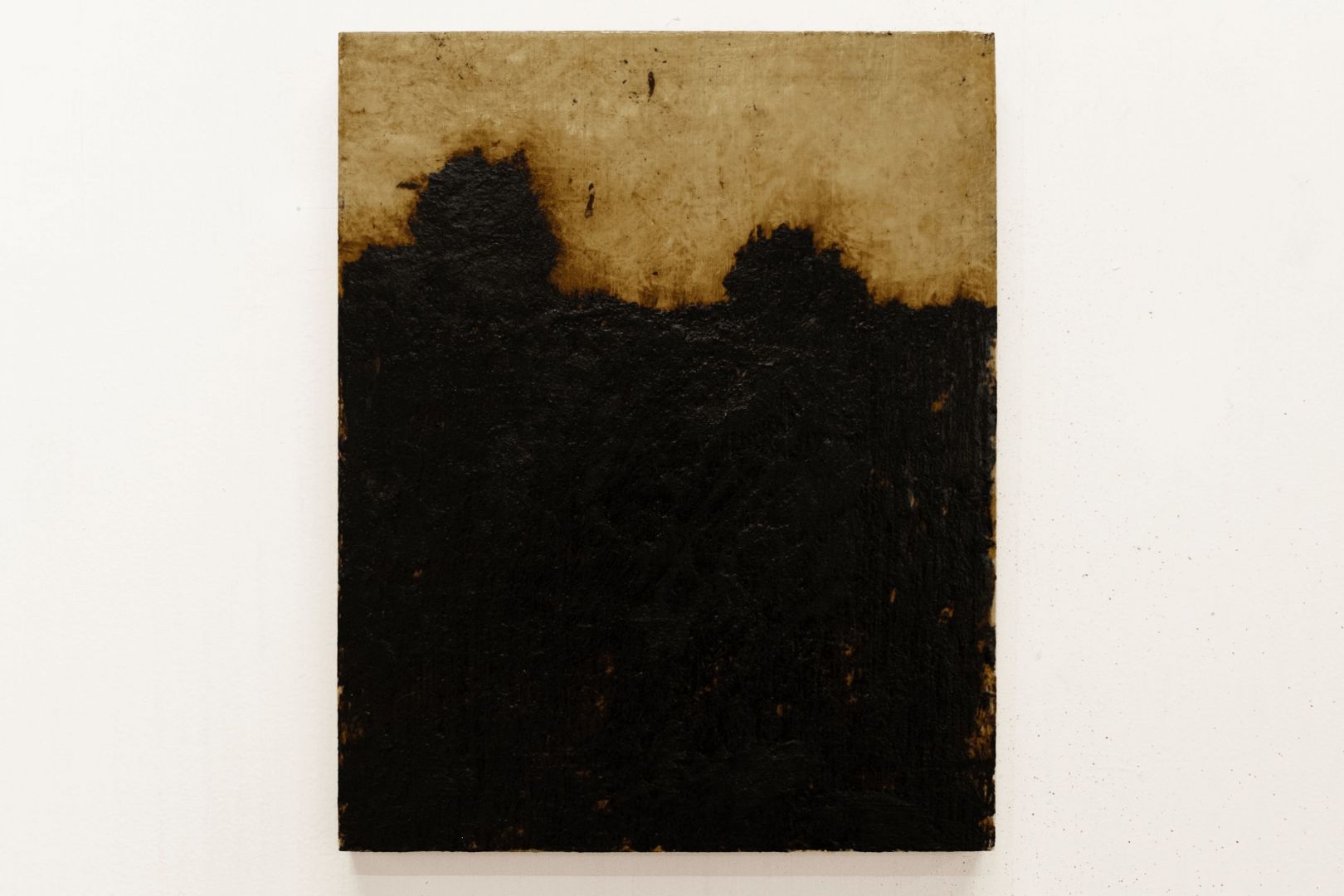
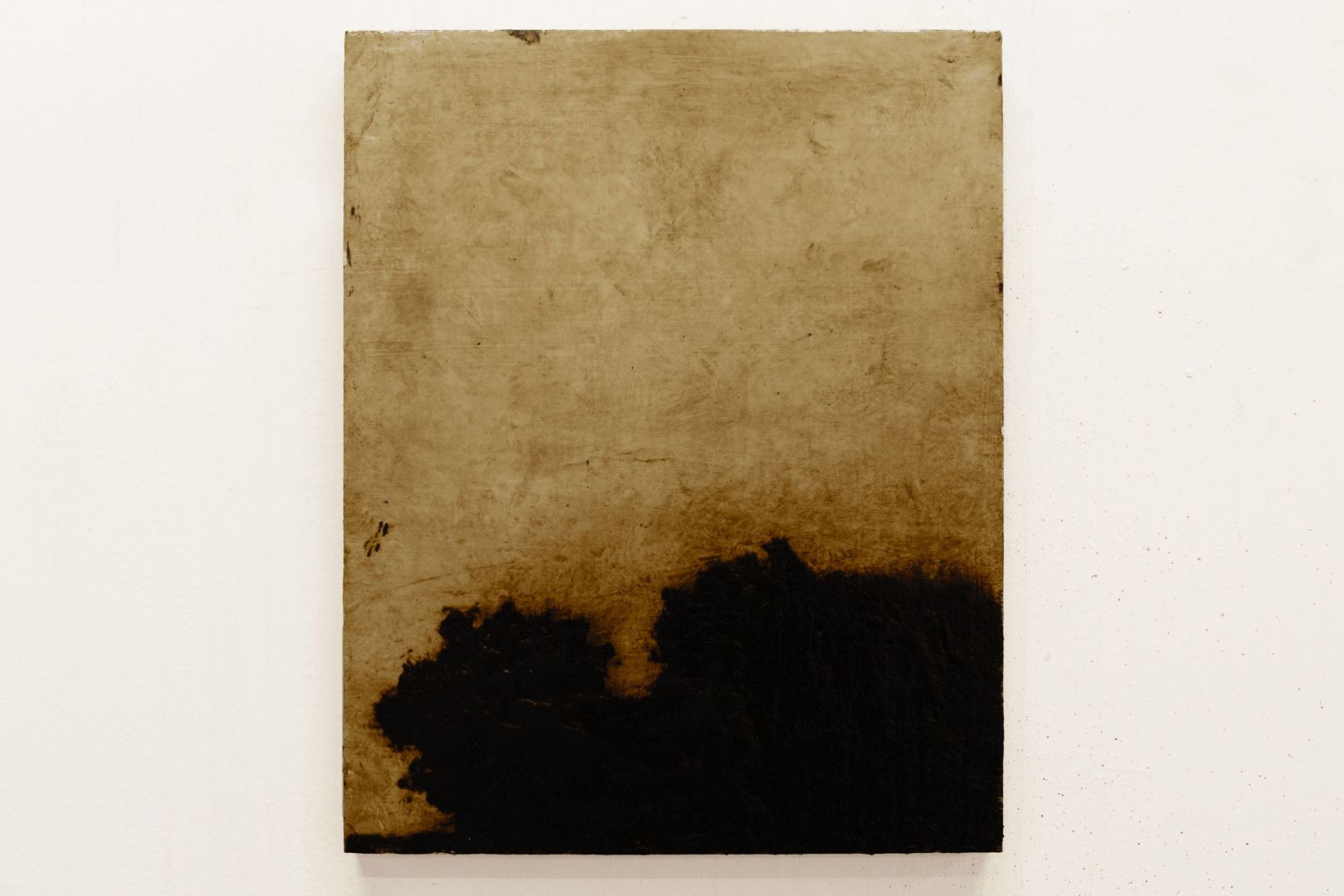
Who else deserves some credit and recognition?
I’ve been lucky to have a great support system of people surrounding my practice for most of my life, especially my parents and my wife. However, my studio practice has been informed and shaped by the mentorship of other artists I have had the privilege of studying under and working with over the last few years. Catherine Redmond, who I studied painting with in Brooklyn, comes to mind. Before I started working with her, I was pretty heavily entrenched in academic thought processes, some of which I still have to intentionally remind myself to steer clear of. She was the first person who demanded that I take a critical look at myself and my practice and consider why I was doing what I was doing. She really enabled me to start seeing ways that those rules that I had been taught could, and should, be broken, and I really credit her with my transition from working in a really figurative way to being able to delve into the world of abstract painting. Another name that comes to mind is the DC artist Willian C. Richardson, who is no longer with us. He exposed me to a lot that I hadn’t had access to before, and he would also do bizarre shit like take my forehead temperature with an infrared thermometer from across the room while I was trying to paint. Looking at his work, you would think he was the most severe guy in the world, but he really instilled a sense of play in my current practice that allows it to still be vital and not get bogged down in intellectualism.
Website: https://www.aydinhamami.com
Instagram: @aydinhamami
Twitter: @aydinhamami
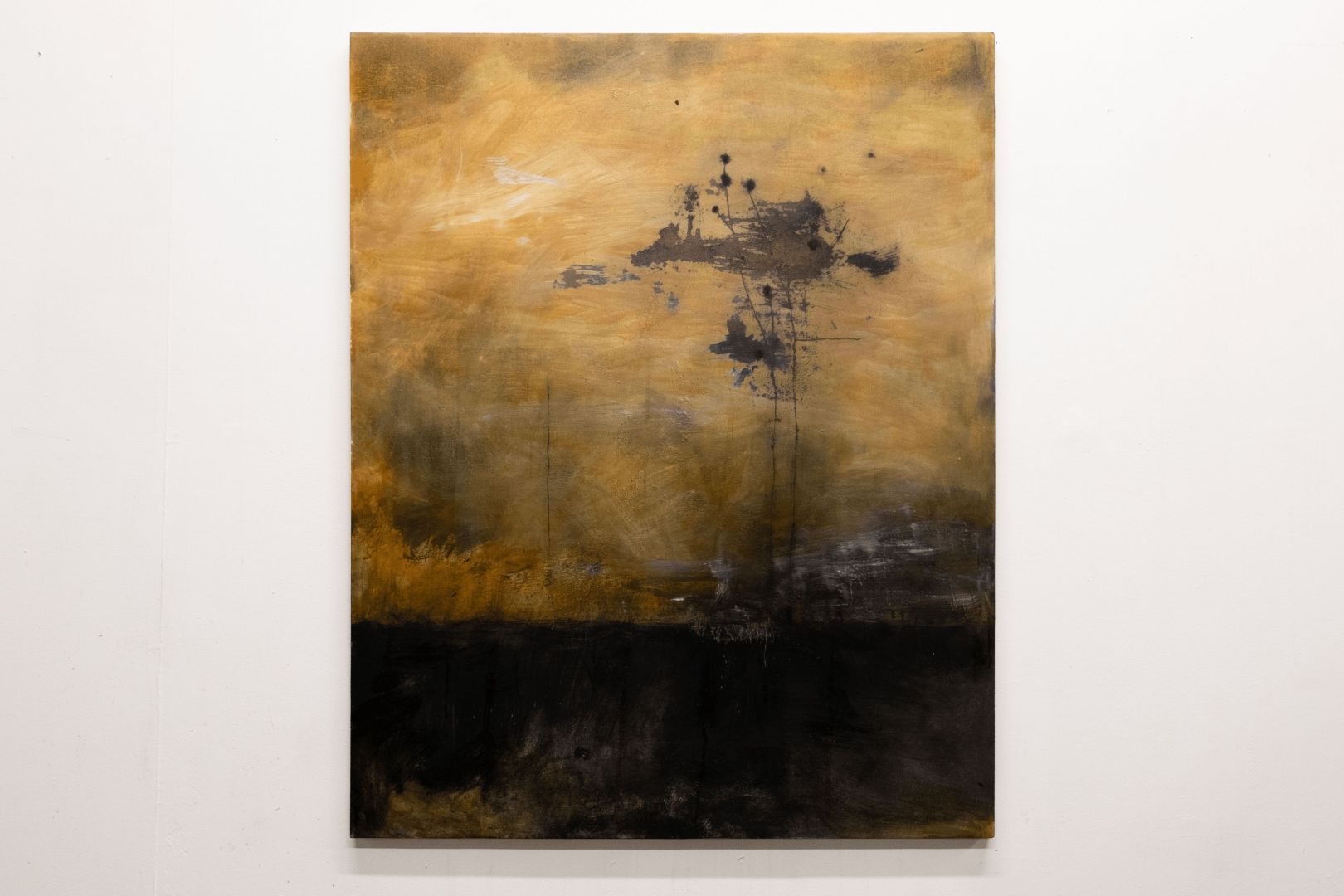
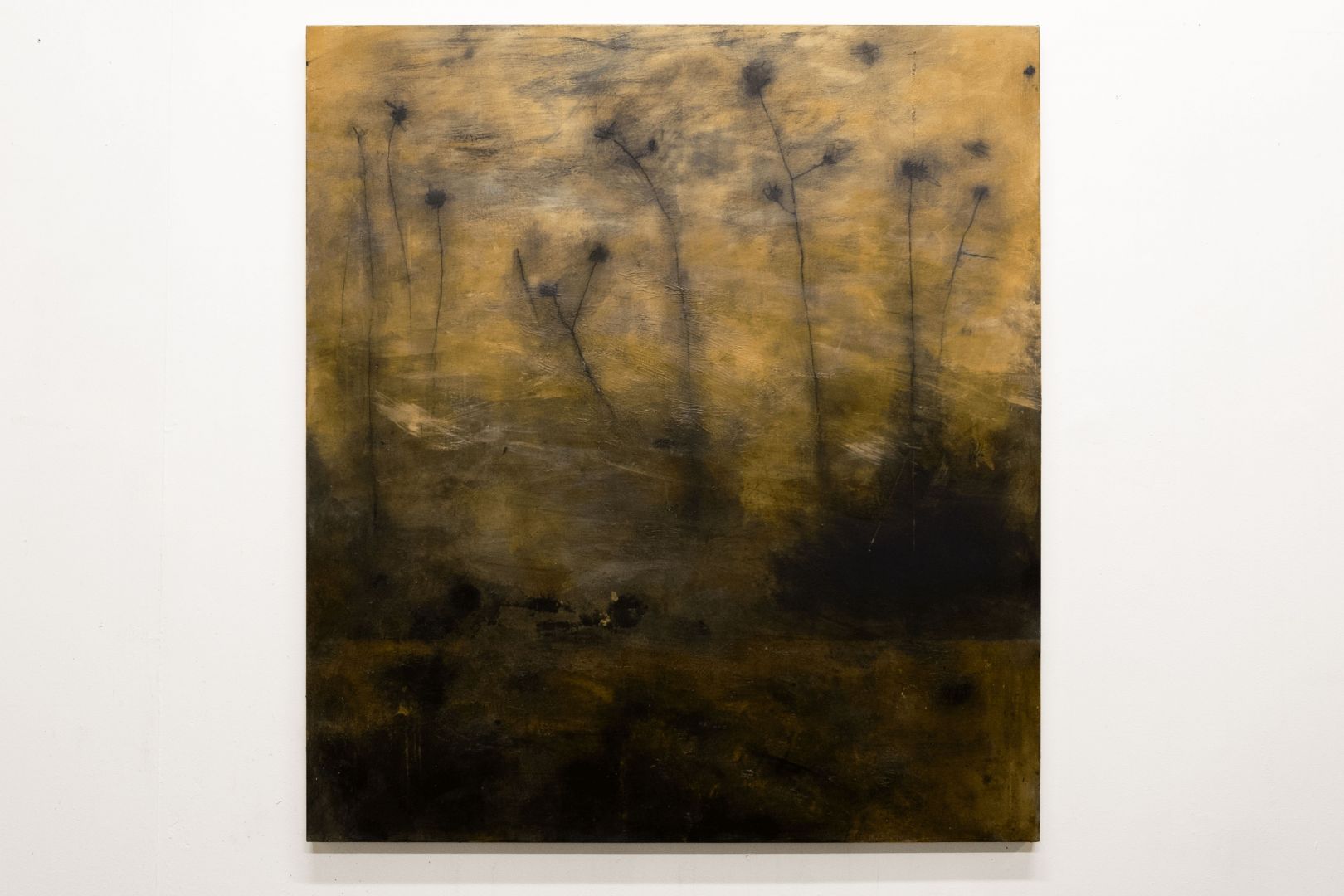
Image Credits
N/A
